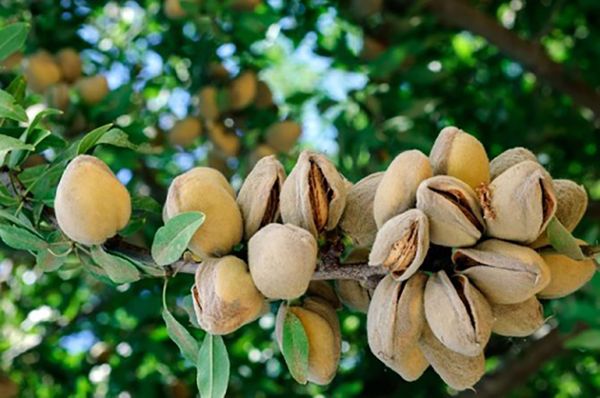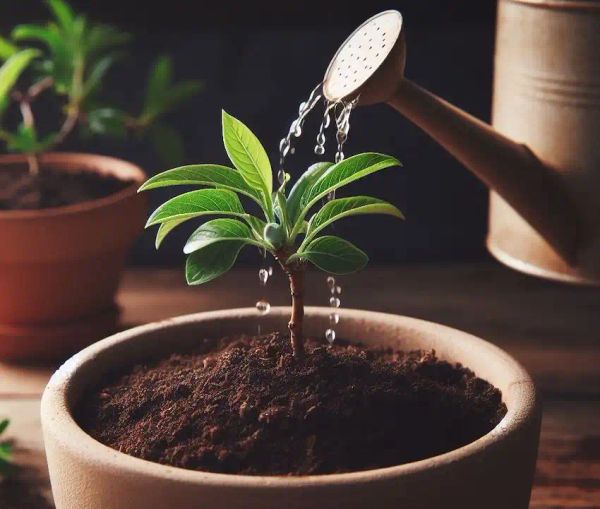
Growing an almond tree from a seed at home can be a rewarding process that will provide you with a beautiful and fruitful tree after several years. If you’ve ever wanted to try your hand at growing your own almond tree, here’s a simple guide to get you started!
Step 1: Get Almond Seeds
First things first, you’ll need to gather your almond seeds. Choose high-quality raw almonds that are fresh and haven’t been processed. You can either use almonds directly from another tree or purchase raw, unprocessed almonds. To encourage germination, the seeds need to go through a process called stratification. Soak the almonds in water for 48 hours and then wrap them in a moist paper towel. Place the wrapped almonds inside a plastic bag and refrigerate them for a few weeks. This will simulate the cold treatment the seeds need to sprout. 
Step 2: Planting the Seed
Now that you have your almond seeds ready, it’s time to plant them! The best time to plant almond seeds is in the spring. Make sure you have well-draining soil with a pH level of around 6-7.5. Enrich the planting area with compost to give your future tree a healthy start. Plant the seeds about 2-3 inches deep in the soil and water them thoroughly. Choose a sunny location as almond trees require full sunlight to thrive.
Step 3: Caring for Your Almond Tree
Your almond tree will need some TLC as it grows. While the tree is young, ensure it gets regular watering, especially during dry periods. Once mature, almond trees are drought-tolerant but will produce better with consistent watering. Pruning is important to develop a strong, healthy framework for the tree. In subsequent years, prune to encourage sunlight and air circulation, which can minimize disease risk. Use a balanced fertilizer to nourish the tree, especially during the growing season. 
Step 4: Protecting the Tree
Like any plants, almond trees can face pests and diseases. Be on the lookout for common pests like aphids and fungal infections. Take preventative and curative measures as needed. Young almond trees might need protection during harsh winters. Consider using mulch and protective wraps to keep them safe from chilly winds and extreme cold.
Step 5: Harvesting Almonds
The moment you’ve been waiting for – harvesting your almonds! Typically, almond trees start producing nuts in the 3rd or 4th year, and reach full production after 5-6 years. The almonds are ready to harvest late summer to early fall when the hulls split and the shells become visible. Once harvested, allow the almonds to dry in a cool, dry place for about a week before storing them.
Step 6: Enjoying the Rewards
Now that you have your freshly harvested almonds, it’s time to enjoy the fruits of your labor. Roast them for a delicious and healthy snack or use them in your favorite recipes. But growing an almond tree isn’t just about the nuts – it’s also about the beautiful blossoms it produces in the spring. Admire the vibrant blooms and bask in the beauty of nature. 
Final Thoughts
Growing your own almond tree takes time and patience, but the rewards are well worth it. Delicious nuts and stunning blossoms will be yours to enjoy for years to come. Just make sure to tend to the tree’s needs throughout its life, and always consider your local climate and consult with a local nursery or extension service to ensure that almonds are a suitable crop for your area. Happy growing!



